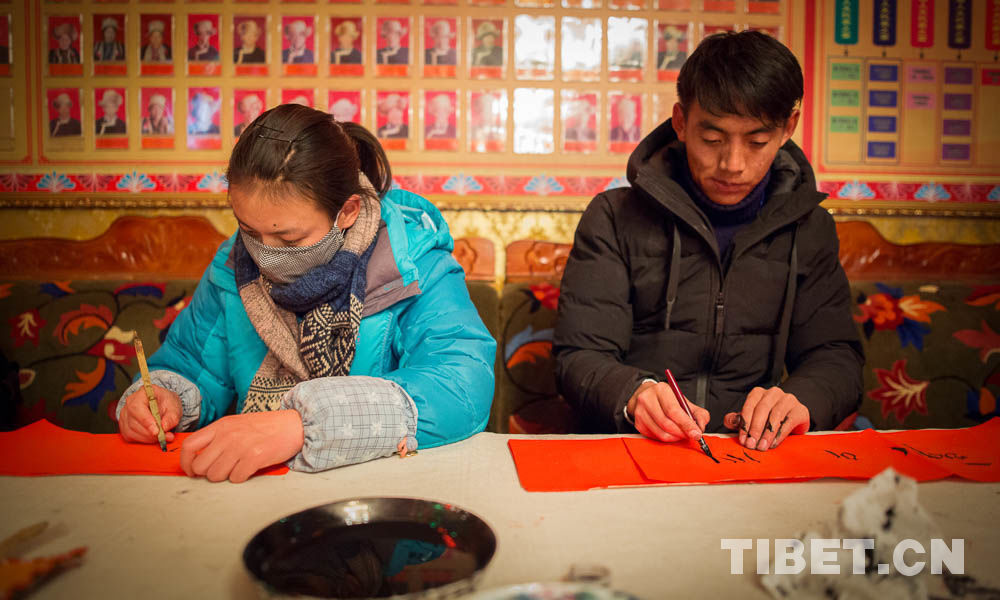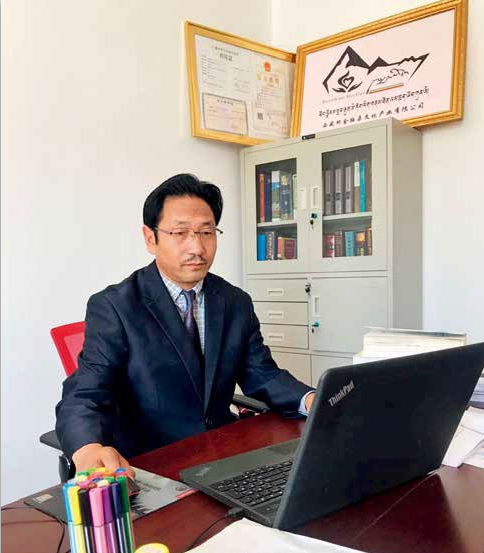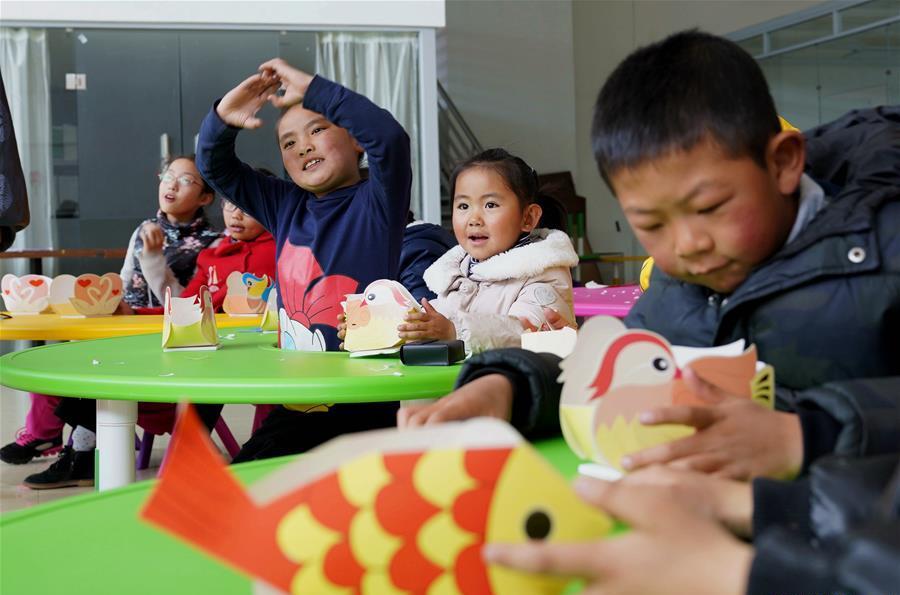Tibetan tea customs
Brewing tea slowly improves the taste; speaking slowly improves the clarity of one’s meaning.
Be kind and love one another, just as tea and salt; Han and Tibetans are united, just as tea and salt.
Better to go three days without grain than one day without tea.
In Tibetan folk sayings, the shadow of tea can be found everywhere.
Tibetan teahouses are found all over the region. They sell various kinds of tea including butter tea, black tea, milk tea, and sweet tea. No matter what kind of tea they drink, Tibetans like to add a little salt.
There is a poignant love story about tea-leaves and salt in Tibetan folk culture. According to legend, there were two tribes that lived on each side of a river. The tribe that lived on the eastern side was called the Xia Tribe, and the one on the western side was called the Nu Tribe. The two tribes quarreled with each other and became enemies, cutting off all ties. Only one long cable bridge remained suspended over the river between them.
The chief of the Xia Tribe had a daughter named Menmeytso, who from a young age would take her sheep to graze by the banks of the river. The chief of the Nu Tribe had a son named Wandrunpa, who since he was young would also take his cattle and horses to graze by the river. Year after year, Menmeytso and Wandrunpa grew up. Each day they would gaze at each other from across the river, and the two of them gradually fell in love.
Afterwards, Menmeytso and Wandrunpa would hurry to take their flocks to graze by the river each morning, chasing each other and frolicking on the green grassland until the sun went down, when they would reluctantly return home.
But after a while, something unfortunate happened. Menmeytso and Wandrunpa’s love was discovered and met with strong opposition from their clan members. As a result, both died for love of the other. After their deaths, the soul of Wandrunpa flew to Changthang and turned into salt in the salt lake; the soul of Menmeytso flew to Yazhou and turned into tea leaves. The Buddha saw that the two were connected by karma, then let them get together in the tea bowl. Tibetan businessmen buy tea from Yazhou, Sichuan and salt from Changthang, add salt to boiled tea water, and thus the two lovers meet again.
Because of the karma between tea and salt, the combination tastes so good. In fact, the tea blending with the salt helps people to absorb the ingredients of the tea. Therefore, this has always been a popular way of drinking tea in Tibet.
Tibetan tea has had different names throughout different dynasties. As Tibet is located on the high plateau, ultraviolet rays from the sun are quite strong. Besides, Tibetans consume mainly meat and dairy products as well as barley, and while barley is heat (in terms of food elements), cheese is fatty. Tibetan tea is rich in polysaccharides, which help improve the immune system, and are anti-oxidant and anti-radiation, protect the body’s blood-making function, and prevent against blood clots. It is because of the natural effects of the tea, Tibet’s geographical environment, and the Tibetan diet, among other factors, that Tibetan tea has been a necessity for the Tibetan people since ancient times.
Butter tea is the most common and also the oldest kind of Tibetan tea. There is one story that says that, when Princess Wencheng came to Tibet, she was not accustomed to eating barley and cheese, so she mixed butter, dried cheese, and tea together to make butter tea. Almost every Tibetan household has a wooden barrel for making butter tea. First, you need to boil strong black tea, then filter out the leaves and add the tea water to the barrel with butter, dried cheese, and salt, and stir until the tea blends and finally becomes sweet and delicious butter tea. It is often drunk with the three meals of the day.
Your Comment
Name E-mailRelated News
-
-

-
Tibetan tea helps women overcome poverty
About 160 Tibetan women from Xia Laxiu Township of Yushu City in northwest China's Qinghai Province learned a new skill: making handmade Tibetan tea.
-
-
-

-
Chaka Salt Lake reopens to visitors
The Chaka Salt Lake in northwest China’s Qinghai province reopens to tourists on April 26 after a six-month long closing for upgrading work.
-
-
-

-
Tibetan fashion show held in east China
The "Cultural Creation of Tibet: Tibet and Lhasa Creative Products Tour Exhibition" was held from May 4 to 7 in east China's Jiangsu Province.
-
-
-

-
Infographic: Tibetans celebrate Cuckoo Festival
For Tibetans, the cuckoo is a happy bird, and wherever the cuckoo flies, spring comes.
-
-
-

-
Ecological investment soars on plateau's highway project
Investment in ecological restoration and protection along a 96-kilometer stretch of the Lhasa-Nyingchi highway has hit 440 million yuan ($67.2 million), almost nine times the originally planned amount, an official said.
-







